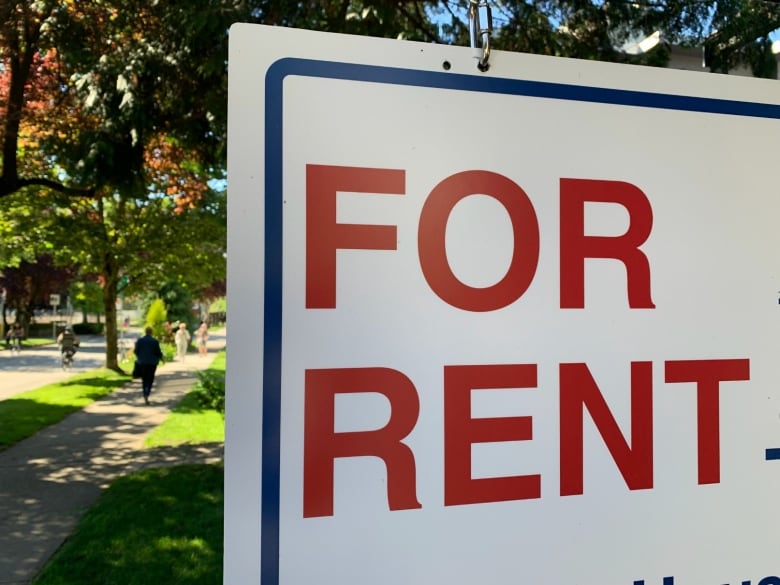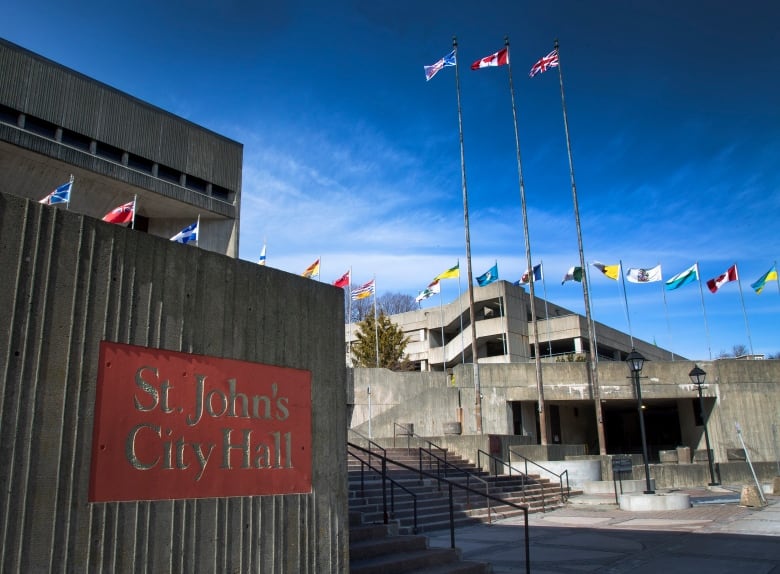Minimum wage earners in N.L. can't afford rent, report says
New Canadian Centre for PolicyAlternatives outlines gap between minimum wage and rent across the country

There isn't a single province in the country where full-time minimum wage workers can afford to pay rent without usingmorethan 30 per cent of their income, according to a report released Tuesday bythe Canadian Centre for PolicyAlternatives.
The rental wage is considerably higher than minimum wage in eachprovince, the report reads, even in the three provinces with the highest minimum wages in Canada British Columbia,Ontarioand Alberta.
The report, written by economistsRicardo TranjanandDavid Macdonald, calculates the hourly wage required to afford rent while working a standard 40-hour week and spending no more than 30percent of theincome on housing.
The findings are based on October 2022 data.
In Newfoundland and Labrador, where the minimum wage was$13.70 in October,workers needed to make over $2 more per hour, or 16 per cent $15.94 in order to spend less than 30 per cent on rent for a one-bedroom unit.
The average monthly cost of a one-bedroom apartment is about $800, according to the Canadian Mortgage and Housing Corporation.
Workers needed to make $18.08 to cover a two-bedroom apartment, which averages $938 per month.
In St. John's specifically, workers needed to make $16.60 for a one-bedroom and $19.96 for a two-bedroom, which run a tenant, on average, $851and $1,033each month respectively. St. John's also doesn't have a single neighbourhoodwith affordable one- and two-bedroom rental units for a full-time minimum-wage worker.

Despite what's known about the ongoing housing crunch across the country, the report says itsfindings should not be interpreted as simply a "supply and demand problem."
"At least three sets of factors make rent too high for low-wage earners: wage suppression policies; low supply of rental housing, especially purpose-built, rent-controlled, and non-market units; and poorly regulated rental markets that privilege profit-making over housing security and allow the use of rental accommodation as an asset class," the report reads.
"The mess in which we find ourselves is due to bosses keeping wages down, with help from provincial governments that set the minimum wage and federal governments that control monetary policy."
The report also compares rental wages and social assistance rates, a comparison of which "would arrive at even more dire findings."
According to Macdonald andTranjan, in2021social assistance rates for single peoplewho were considered employed were between 31 per cent and 51 per cent of the income of a full-time minimum wage worker, depending on the province.
The income of single people with a disability was slightly higher, between 32 per cent and 79 per cent.
The income of a couple with two children and receivingsocial assistance was between 55 per cent and 73 per cent of the combined income of two full-time minimum-wage workers.
According to a Maytree report on social assistance, updated in April, in 2021-22there were on average about 20,000 cases of families or single adults, and slightly over 28,100 beneficiaries individual claimants, their partnersand dependent children in Newfoundland and Labrador's income support program.
That's about seven per cent of the population under 65 years old.
"Given Canada's chronic lack of investment in non-market housing, a large share of social assistance recipients rents in the private market,which is simply not financially possible, putting this population at an increased risk of homelessness," the report reads.













_(720p).jpg)


 OFFICIAL HD MUSIC VIDEO.jpg)
.jpg)



























































































